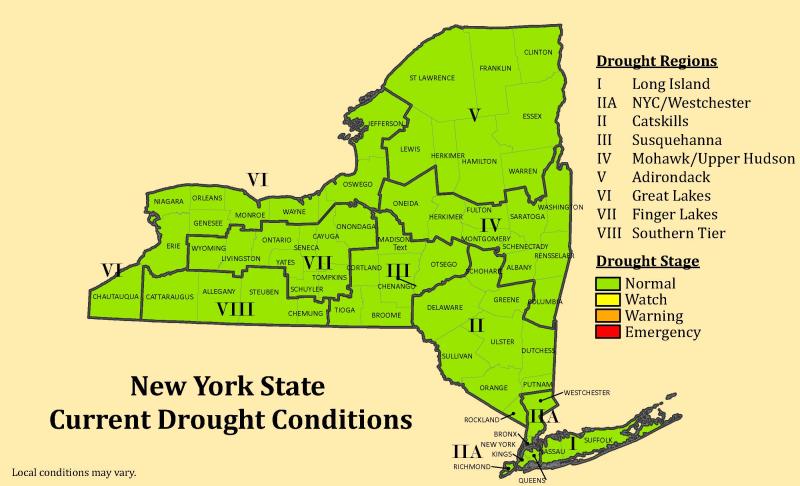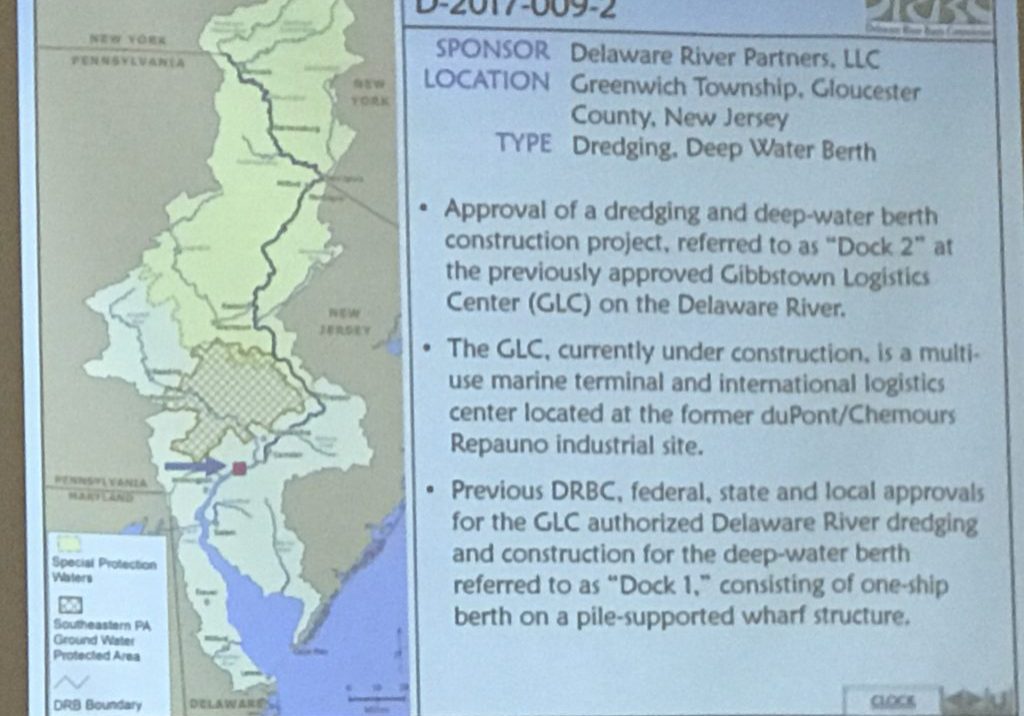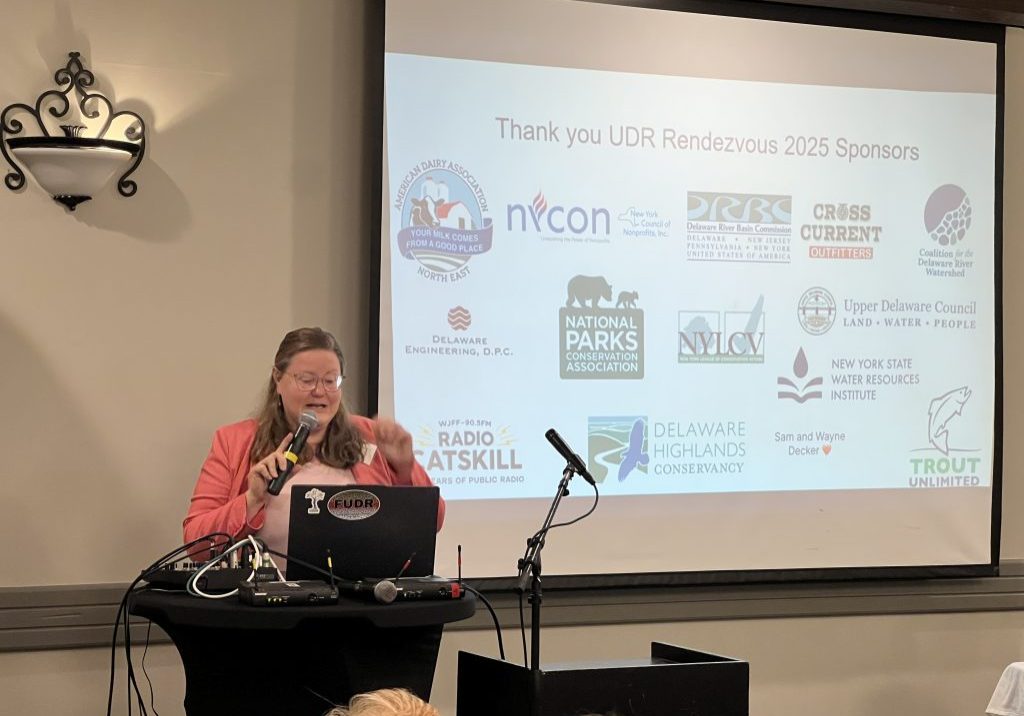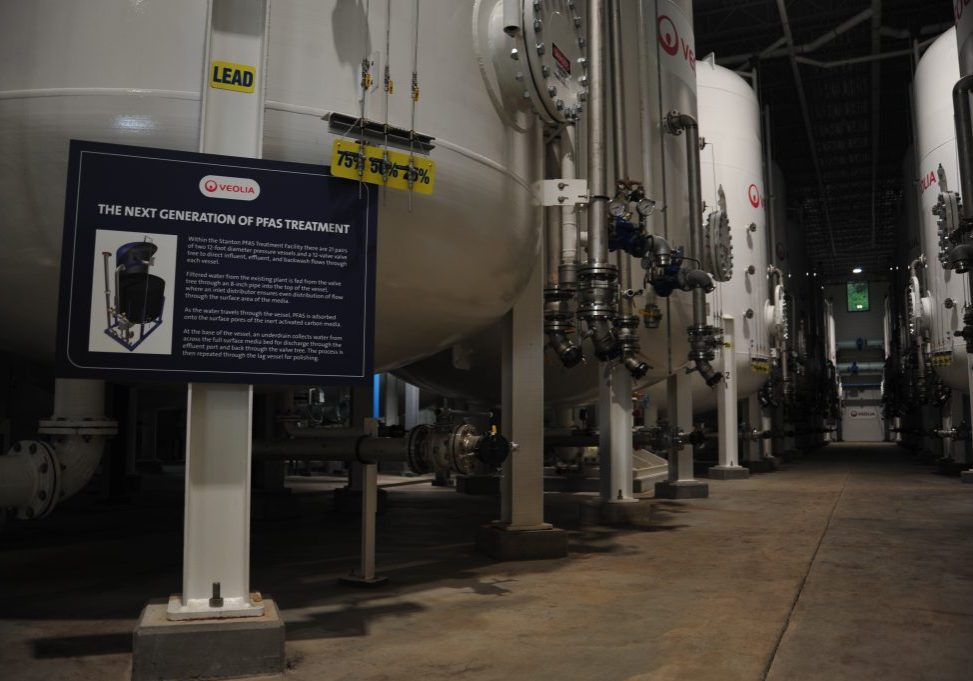
New York emerges from drought while dry conditions persist in other watershed states
| January 13, 2025
Welcome precipitation has restored New York State ground and surface water levels to normal, allowing it to roll back advisories about worsening drought conditions that were issued in November.
However, New York is the only state in the four-state Delaware River watershed to enjoy such a status, as Pennsylvania, New Jersey and Delaware still contend with various drought conditions.
The news about New York State, as well as New York City, came on Jan. 3.
The city said “abundant precipitation levels” that were 20 percent above average fell in the watershed in November and December. That rainfall, coupled with melting snowpack, significantly boosted reservoir levels in the Catskills and the Hudson Valley, the city said.
Thanks to that precipitation, the New York State Department of Environmental Conservation updated drought conditions across the state to a “normal” status.
The city issued a drought watch on Nov. 2 during the driest spell in the city’s 155 years of recorded history. A little over two weeks later, the city elevated the drought watch to a drought warning, the first time since 2002.
Despite the good news of a return to normalcy, the DEC cautioned New Yorkers to keep their guard up.
“While statewide and regional hydrological conditions have notably improved, localized dry conditions may persist and despite encouraging hydrological conditions, New Yorkers are urged to continue reducing unnecessary water use and waste, fixing leaks, and choosing efficient water fixtures,” the DEC said.
The other watershed states
In New Jersey, the U.S. Drought Monitor map from Jan. 9, the most recent available before it updates, shows large patches of deep red in southern New Jersey, indicating areas of “extreme drought,” which is the second-highest ranking just below “exceptional drought.”
The rest of New Jersey is a blend of areas in moderate or severe drought.
The state on Nov. 13 elevated its status to a drought warning, as it strongly urged the public to reduce water consumption. As of Monday, the state remained in that condition, according to the New Jersey Department of Environmental Protection. A warning is the third-highest drought status, just below a drought emergency.
The state experienced its driest October on record, dating back to 1895, according to drought.gov.
Read more: Delaware River watershed drought: Good for the birds, the trout – not so much
In Pennsylvania, two counties in the watershed — Schulykill and Berks — continue to be under drought warnings. The remaining counties — with the exception of Lackawanna and Wayne — were under drought watches, according to the Pennsylvania Department of Environmental Protection. Lackawanna and Wayne were the only two watershed counties in Pennsylvania to be listed as normal.
In Delaware, Gov. John Carney on Oct. 25 issued a statewide drought watch, which calls for voluntary conservation measures. The U.S. Drought Monitor map showed most of the state to be in a severe drought, with a crescent-shaped area in southeastern Delaware to be in extreme drought.
DRBC water supply emergency
Meanwhile, a water supply emergency declared by the Delaware River Basin Commission last month remains in effect.
The commission at the time made it clear that it was not declaring a “drought emergency.”
The declaration of a water supply emergency was intended to help the commission implement a coordinated response to conserve water in regional reservoirs and protect water users.
No drought has been declared for the river itself. That’s because such a declaration would hinge on how depleted the New York City reservoirs are. According to the New York City Department of Environmental Protection, the city’s reservoirs were at more than 75 percent capacity, with over 420 billion gallons in storage.







